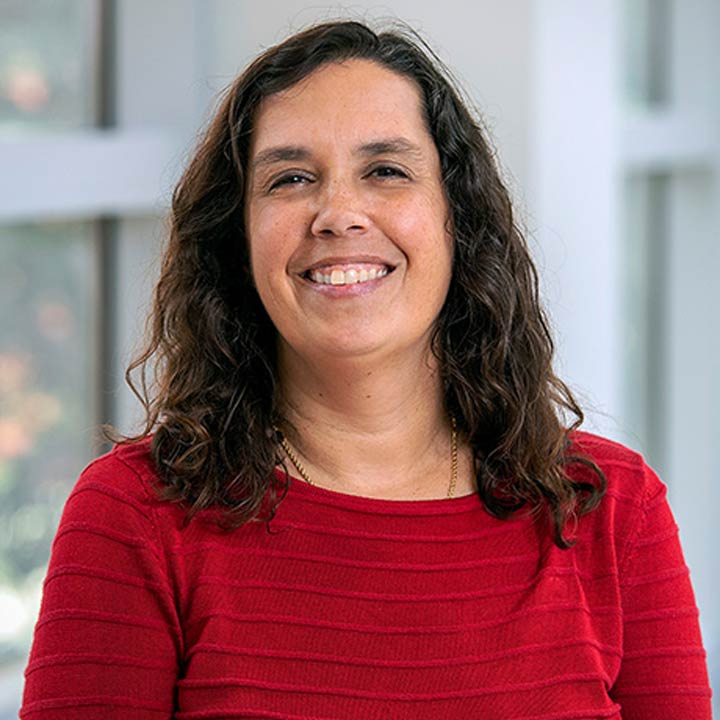
Four hours. That’s typically how much time surgeons have to remove, transport and transplant donor hearts into patient recipients. Now, thanks to new, innovative technology, that time could drastically increase, saving more hearts and lives than ever before.
Heart surgeons at The Ohio State University Wexner Medical Center were the first in central Ohio to use an organ monitoring system, which preserves hearts donated for transplant up to three times longer than current methods. The “heart in a box” technology is being tested in a clinical trial at the Richard M. Ross Heart Hospital and is giving surgeons access to more donor hearts across the country. The way the technology, developed by Transmedics’ Organ Care System, works is by using a portable warm perfusion and monitoring system that keeps donor hearts at a human-like, active state.
“This novel technology has the potential to greatly increase our heart transplant donor pool because we can go farther away to get hearts that are the best fit for our patients.”Asvin Ganapathi, MD, cardiothoracic surgeon at the Oho State Wexner Medical Center and assistant professor of surgery at The Ohio State University College of Medicine.
“The current method of transporting hearts is to put them on ice and usually you have just four hours to remove and transplant them,” said Ganapathi.
In the summer of 2021, Ganapathi and a team traveled to another state to remove a donor heart and then monitored it in the heart box en route to Ohio. Once they arrived in Columbus, Ganapathi and Nahush Mokadam, MD, along with the help of Ohio State’s Organ Recovery Team, performed the heart transplant on a 63-year-old Rockbridge patient who had been hospitalized on mechanical heart support.
“This technology allows for more time for removal and transplantation of hearts and evaluation from the surgical team on whether hearts from extended criteria donors are viable enough for successful transplantation,” said Ganapathi. “Having access to circulatory death hearts could also greatly increase the donor pool and number of transplants in the U.S.”
The Ohio State Wexner Medical Center is one of 18 sites in North America currently participating in the clinical trial assessing the effectiveness of the monitoring system. It’s been successfully used on hearts donated after circulatory death (when the heart and circulation stop) and “revived” in the monitoring system. Heart transplants typically come from patients who are declared brain dead but their heart continues to beat.
Philanthropy partially funded the Ohio State Wexner Medical Center’s participation in this clinical trial.

Your heart is in the right place
Learn more about advances in care and treatment for patients at The Ohio State University Heart and Vascular Center
Expert care starts here





